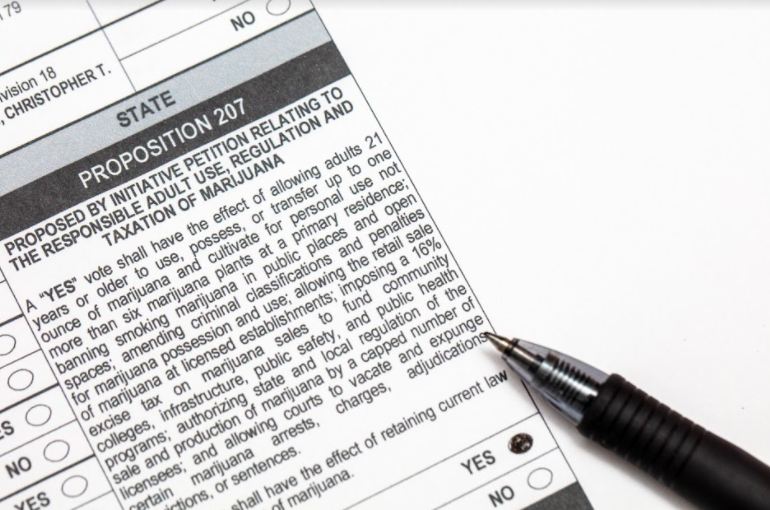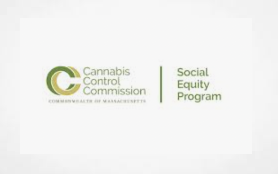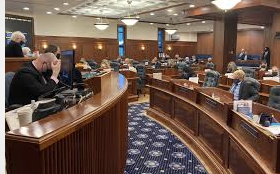The November 2020 election saw 4 more American states joining 11 other states who had voted to legalize recreational marijuana in the previous years. The 4 new states are New Jersey, South Dakota, Montana, and Arizona. At the federal level, however, marijuana is still illegal; it’s a Schedule 1 drug and is grouped with heroin, LSD, ecstasy, and psilocybin (chemical from ‘magic mushroom’).
Under the federal government, these drugs, including marijuana, have a high risk of abuse and possessing little medicinal value. This conflict with federal law regarding marijuana in the fifteen states is creating confusion for sellers and users alike.
There are very few politicians who talk about marijuana legalization at the national level. But with more and more states making the move to legalize cannabis, proponents believe that Washington will eventually relent and make changes to the country’s approach to the so-called war on drugs.
In Arizona, there had been several attempts to legalize cannabis use which started in 1996.
History of Marijuana Legislation In Arizona
The conservative state’s first attempt at cannabis legalization, the Drug Medicalization, Prevention, and Control Act (also known as Proposition 200) was in 1996. Proposition 200’s provision on medical use was basically repealed in the same year by the state legislature; this change, however, was then rejected by voters in a referendum held in 1998.
This was for medical marijuana, but there were some confusions on its implementation caused by unclear wordings contained within the law. Medical marijuana use was ultimately ineffective under this law. However, Proposition 200 moved the state’s focus on drug addiction to treatment and prevention.
Supporters of this law contended that the state’s drug laws were already punitive to begin with—for one thing, the state’s drug laws focused too much on punishing drug users. It was doing nothing to stop drug abuse.
The Arizona Senate then approved a bill that delayed the medical cannabis initiative. It wasn’t until 2010 that the state officially legalized medical marijuana when voters approved Proposition 203. This initiative permitted patients registered with Arizona’s medical marijuana board to have up to 2.5 ounces of marijuana, but only with a doctor’s recommendation.
Registered patients who live 25 miles or more from the nearest dispensary are allowed to cultivate their own marijuana plant. Moreover, the initiative limited the number of dispensaries in the state to 124. Medical marijuana also wasn’t allowed on campuses, but this provision was declared unconstitutional and was subsequently overturned in 2018.
Proposition 205, an attempt to legalize recreational cannabis (for adult-use) was introduced in 2016, but it fell short: it got only 48.7 of the votes. Included in the initiative were programs for substance abuse and funding for Arizona’s public school system through cannabis taxation.
Finally, 2020 saw the year that the state’s harsh marijuana laws ended when voters overwhelmingly approved Proposition 207, The Smart and Safe Arizona Act on November 3, 2020. By January 22, the first legal marijuana sale in the state was made. It was the fastest transition from approval to sales implementation to date.
What To Expect From The Legalization of Recreational Marijuana
Below is a list of some of the things to know about the Arizona recreational marijuana legalization.
- Recreational Cannabis Sale Started Quickly
Other states who had also legalized recreational marijuana use took about 2 to 3 years between being voter-approved to the start of sales in dispensaries. Not so for the Grand Canyon State; red tape was avoided because the state permitted existing medical dispensaries to apply for a license to sell cannabis for recreational use. They’re also allowed to open their doors to recreational users as soon as the permit is approved.
Thanks to Arizona’s already established medical marijuana market, the transition into the recreational market was easier. Those who applied for the licenses were already doing business within the state’s regulations, and since new regulations were created using the same framework as the existing ones, the applications were just a formality. This is especially true for those establishments that already have a medical license in good standing.
- Medical Marijuana Dispensaries Quickly Adjusted To Recreational Sales
In the first month alone, 95 of Arizona’s 130 medical marijuana dispensaries were approved for recreational sales. Recreational cannabis sales have officially started. However, a license granted does not mean an establishment is ready to sell. It’s still up to the dispensary’s operator to decide when to begin selling.
Many dispensaries have done so, and more are still coming. They’ve prepared for this day for years and have updated their system and hired additional staff to handle the expected increase in the volume of sales. As new businesses come pouring in, dispensaries make sure that new customers will be getting high-quality service and products, without neglecting their medical patients.
Medical dispensaries that adjusted to recreational sales would have to maintain a balance between attending to their medical patients and recreational users. Some states have already encountered difficulties regarding supplies for their medical patients due to the more profitable recreational side of the market. And Arizona dispensaries have begun to feel the pressure of satisfying both markets, too. So far, the state is successful in supplying both markets.
The state may have to limit the number of recreational dispensaries to satisfy the demands. The number of dispensaries will have to be limited for each region. No new licenses will be granted if the number of dispensaries for each region has been filled. If that happens, the dispensaries would have to figure out a way to satisfy both markets.
- Arizona’s Success Will Affect Other Markets
Arizona’s situation that enabled it to successfully open for recreational sales wouldn’t apply to other states, however. It would also be extra difficult particularly for states without a flourishing medical cannabis market prior to recreational legalization. The state’s successful cannabis launch is partly due to the legislation, which was crafted to fit in well with the existing framework.
Fine-tuned policies that fit well with current systems should make other states come up with a piece of legislation that is streamlined and collaborative. If not, more bureaucratic red tape that could increase instead of decrease the time between approval and first sale could result.
The cannabis industry, in fact, has taken note of Arizona’s success; this success has also made legislators in other states sit up and pay attention. Some states have already begun crafting pieces of legislation that takes into account both markets, ensuring that medical and recreational needs aren’t bogged down by ambiguous wordings that could affect its implementation.
It’s a delicate balance, to make various stakeholders in the industry working together and making their efforts into a concerted one so that both markets are served. And it’s not even guaranteed to work; for many states, it’s the support system—like testing facilities, cannabis growers, and producers—that are lacking, and not the dispensaries. For Arizona, these systems were already set up.
The state’s main concern right now is to strengthen and maintain these systems, as well as to increase supply to meet the increasing demand. With the way things are going, each marijuana reform that arrives is more streamlined than the last, and those in the industry would want to make sure that this trend will continue.
- The Economic Impact Of Marijuana Legalization Will Be Substantial
Over the next year, licensing fees and taxes brought on by cannabis legalization are predicted to reach hundreds of millions of dollars annually. Proposition 207 also calls for an excise tax of 16% on recreational cannabis, plus the regular sales tax. These combined taxes are estimated by officials to bring in about USD$254 million. Most of these taxes will go to social services like health, education, public transportation, and others.
The legalization will also generate jobs, as all dispensaries have increased the number of their staff. About eight more dispensaries will be allocated by the Arizona Department of Health Services for this year. An additional 20 more dispensaries will be granted a license in the next two years. The total dispensaries could reach 150-160, as that will be the projected cap in the state.
There are now around 6,000 dispensary agents in Arizona. This job description permits residents to legally cultivate, transport, sell, or carry out other things with large amounts of cannabis for dispensaries, which regular users aren’t allowed to do. Moreover, that number will probably double before the year ends. Cannabis companies will also have to build cultivation facilities to accommodate the increased demand. These facilities would mean more workers will have to be hired.
Conclusion
Arizona has always been a conservative state; several pieces of legislation that attempted to legalize marijuana in the past have always failed for one reason or another. However, that all changed in the election of November 2020. Proposition 207, also known as ‘The Smart and Safe Arizona Act,’ was overwhelmingly passed by the voters, making Arizona one of the 15 American states where recreational marijuana use is legal.
Arizona’s has successfully implemented the initiative, and the result was that dispensaries were able to sell their products quickly. Moreover, the dispensaries were in a position to quickly adjust from medical to recreational. Proposition 207’s success would also likely affect other states’ legislation in the future. The economic impact that would result in marijuana’s legalization will also be significant.


















